It would take more than a novel to describe the life of Linda Olsson.
The Swedish-born, New Zealand-based writer, who studied law and went on to work in banking, has led what some would call a peripatetic existence since leaving Sweden in 1986 with her family, intending to live in Nairobi for three years.
Several years – and countries – later, Linda turned to writing when she undertook an MA course at Auckland University. Unlike many aspiring writers, she has not had to contend with a sea of rejection letters, though she did consider dropping out of the course after some editing suggestions from her professor, which just didn’t feel right.
After completing what would be known as Let Me Sing You Gentle Songs (2005), Linda was introduced to a publisher and the novel was picked up by Penguin New Zealand. In the space of five books, she has carved out a reputation as a writer who defies easy categorisation, and has an unwavering understanding of the human condition.
Linda, who is currently travelling through Sweden, kindly took the time to answer some questions for us below:
You have lived in so many countries: Sweden, Kenya, Singapore, Britain, Japan and your current home in New Zealand. Do you think this has informed or impacted on your writing?
Linda’s debut novel, also published as Astrid and Veronika.
Of course it has. Exactly how is not so easy to say. But where we live has a profound effect on us, I think. It is not just the place, but also the very process of uprooting and moving. It changes you and it opens your eyes.
My first novel Let Me Sing You Gentle Songs (aka Astrid and Veronika) is set in a small village in central Sweden. At the time of writing I sat during a long and wet winter in Auckland and wrote about all the things I missed about my native Sweden: the seasons, so different from the ones in New Zealand; the nature; the flora and the fauna; the smells, and the traditions. I was desperately homesick and I poured it all into my text.
My fifth novel, A Sister In My House, is set in Cadaqués, a small town on the Costa Brava in Spain. My first visit there was 1969 and I have returned so many times. Last year I spent the month of October there, finishing my novel. I have even considered moving there. So, I think it’s a place where I have planted some of my very fragile roots.
Friendship, loss and the importance of the past all seem to be common threads amongst most of your work. Is this a conscious decision to write about these themes?
No. But perhaps because of my transient lifestyle, I have come to treasure human relationships more. Or rather become more conscious of their importance, because I think they are central to human life always and everywhere. This fact may have contributed to the international success of my first book. It has been published in over twenty countries with very different cultures – countries like Korea, Russia, France and the USA – yet my readers seem to have been able to relate to the story, just as I had hoped they would.
When you create such strong characters like Astrid and Veronika, is it hard to ‘leave’ them when you finish the book? Do any of the characters stay with you?
Linda’s second novel, Sonata For Miriam, was a bestseller in Scandinavia.
Yes, it is heart breaking sometimes. When I first meet my characters I know very little about them. I can see what they look like, but I don’t know them. It is just like with ‘real’ people. During the course of the writing I get to know them. I understand their motivations. And I love them. When I had to farewell Adam Anker in my second novel, Sonata for Miriam, it was very difficult. And when readers struggle to embrace some of the characters – particularly Astrid in the first book and Cecilia in the second – I feel offended on behalf of my characters, because I love and understand them all even though they do not always behave as I would have wanted. Just like my children.
Was it instinctual for you to write in Swedish, or English?
I write in English. My first novel was my thesis when I did my MA at Auckland University. When it was published in Sweden, it was translated by a professional translator. With my second novel I just carried on in the same fashion. But with my third novel I got a bad case of writer’s block. A friend suggested I should translate what I had into Swedish and hope that this would get me going again. I did, and it did. So, I supplied two manuscripts to my agent. The following two novels I have also written simultaneously in both languages. I have a large screen and I keep the two manuscripts side by side. I work in one for as long as it flows, then transfer that text to the other and continue in that manuscript. The manuscripts come out almost identical, but neither of them is a translation. They are two originals. It is not an efficient method, I guess. But it works for me. And in a sense perhaps it suits my situation, torn between two countries, both important to me.
My favourite places in Scandinavia:
Söder in Stockholm
Katarina Church (Katarina kyrka) is one of the major churches in central Stockholm. The original building was constructed 1656–1695. Photo: Elisabeth Edén/imagebank.sweden.se
I grew up in one of the many new suburbs that were developed after the war. But Söder was where my grandmother lived. It was the City; exciting and grown up in a way my suburb could never be. I spent my three high school years in Söder and I now have a small apartment near the Katarina Church. The church yard is one of my special places. I often sit there on a bench and let my thoughts drift. It is particularly lovely right now under the canopy of the new leaves of the mature chestnut trees, and with the blackbirds singing. I can’t think of a place I would rather be.
Åland
Specifically the small village Grundsunda, where my grandmother was born. I spent all my early childhood summers there. When my parents divorced when I was ten, the enchanted summers abruptly ended. It has given me immense pleasure to return later in life and resume contact with my relatives and with the places connected to them.
Gryt archipelago
Like most Swedes, I have a strong connection with the sea. It was ingrained in me my during those summers at Åland and it was reinforced when I met my husband and came to the island where his family had their summer house. The many islands of Åland are of the red granite of the eastern side of the Baltic, and the islands in the Gryt archipelago are grey. But so much else is the same. The starkness of the landscape, the smell of the sea, the sound of the birds. The surprising finds of rare orchids and wild strawberries in small pockets soil in the otherwise barren rocks.
Dalarna
This province is the epitome of everything Swedish. The painted wooden horses, the colourful traditional costumes. And the landscape with lakes and rivers and majestic deep dark forests. As beautiful in winter as in the summer. The centre of the province is situated around the lake Siljan, but my part is in the north west, the poorer, less lush part. The village of Nås, famous only for a tragic incident on which Selma Lagerlöf based her novels Jerusalem. Lured by a charismatic missionary a large number of the young members of the village left for the Holy Land where they perished. Nås never recovered, and to this day there is a sense of melancholy over the place. I can relate to that when I sit on the doorstep of my small cottage there. And when I was thinking of a setting for my first novel I immediately knew this would be the place.
Siljan is the sixth largest lake in Sweden and can be found in Dalarna. Photo: Jacque de Villiers/Imagebank.sweden.se
Uleåborg (Oulu in Finnish)
This city is a new acquaintance of mine. I came here for the first time last year when I was invited to attend the opening night of a play based on my first novel at the Oulun kaupunginteatteri. The beautiful theatre sits on the sea, and the impression is of it floating on the water. I had no preconceived ideas about the place. The city was just a name to me. I knew vaguely that it was far north. But I had no idea of beauty of the place: both of the natural place itself, but also of what had been added to the landscape. Everything seemed to have been placed with careful consideration. There was a poised dignity about the city, and also about its inhabitants. People spoke in the sincere and measured way associated with the Swedish language spoken in Finland. I know I will soon return.
Oulu: another place to call home. Photo: Seppo Hinkula/ Visit Finland
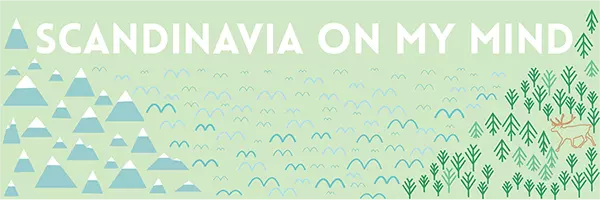
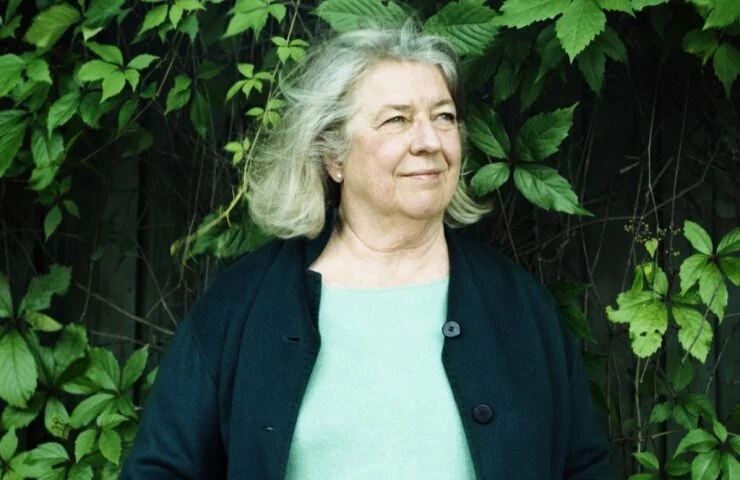
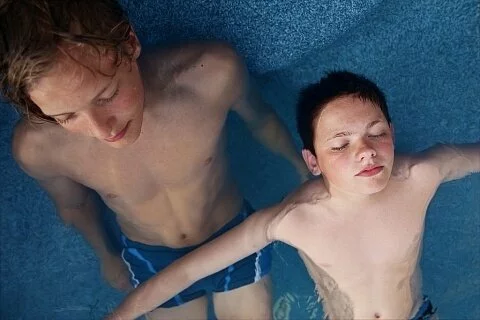
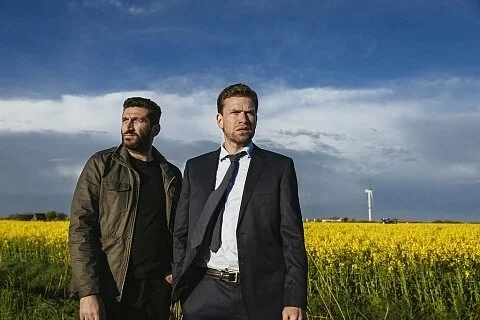
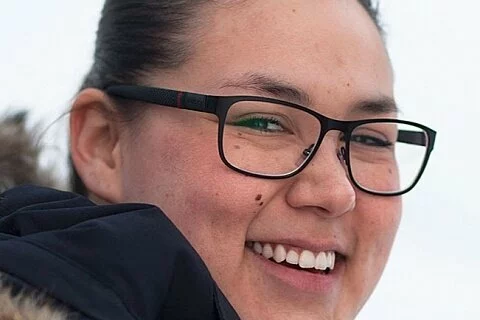
Leave a Reply